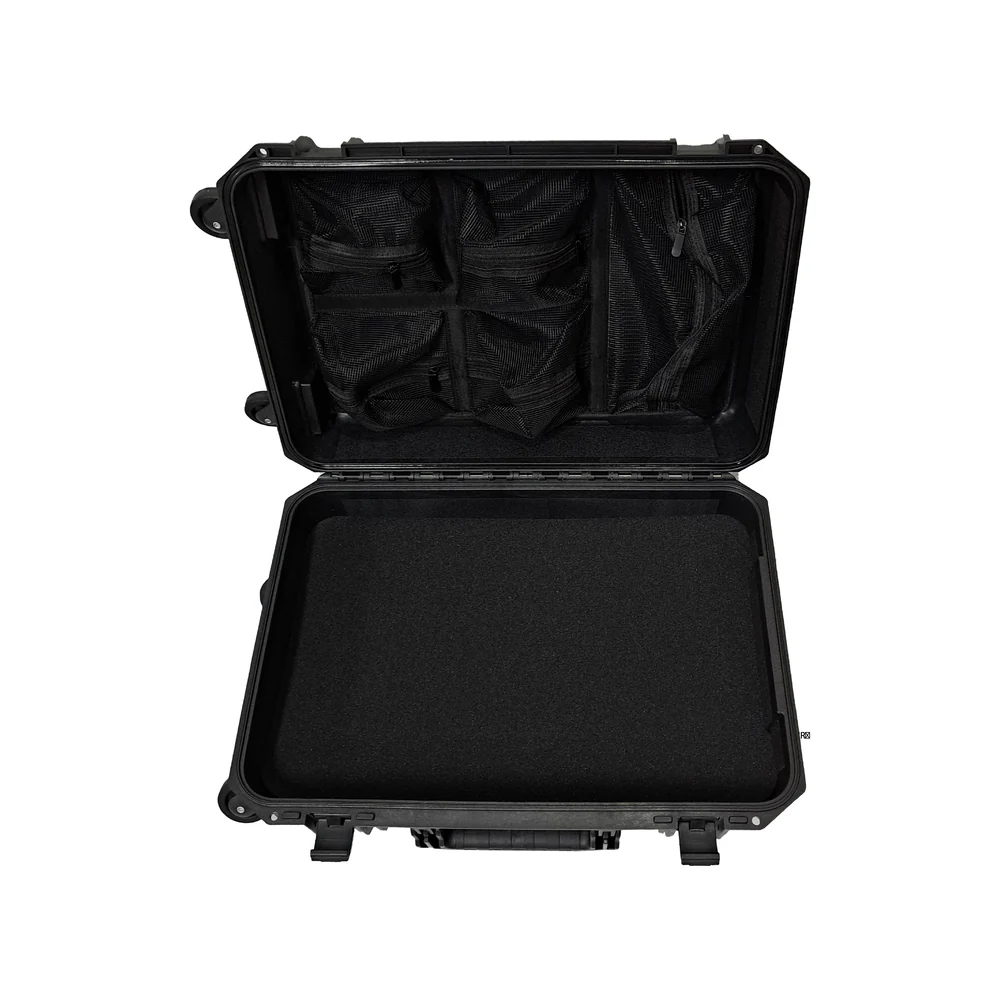
Creating an effective website design is more than just aesthetics. It’s about crafting an experience that engages users, communicates a brand’s message, and drives results. For designers, balancing creativity with efficiency can be challenging, but the right tools can make a significant difference. At Blake M Designs, we understand the importance of a streamlined creative process. Here are eight powerful tools that simplify website design, making it easier to transform your ideas into stunning digital experiences.
1. Figma – Collaborative Interface Design
Figma has revolutionized the way designers approach website design. This cloud-based tool allows multiple users to work on a single project simultaneously, making collaboration seamless. Figma’s intuitive interface, combined with real-time editing and commenting, ensures that designers, developers, and clients stay on the same page. With a vast library of plugins and pre-designed templates, Figma accelerates the design process, helping you focus more on creativity than repetitive tasks.
2. Adobe XD – Professional Prototyping
Adobe XD is a versatile platform for designing, prototyping, and sharing interactive website layouts. Its integration with other Adobe Creative Cloud tools allows designers to maintain consistency across various projects. The platform supports wireframing, high-fidelity design, and user testing, all in one environment. For website design professionals, Adobe XD streamlines the transition from concept to prototype, ensuring that design ideas are both functional and visually appealing.
3. Sketch – Vector-Based Design Excellence
Sketch is a vector-based design tool favored by many web designers for its simplicity and efficiency. Its focus on user interface design makes it ideal for creating responsive websites that look great on any device. Sketch’s extensive plugin ecosystem and reusable symbols allow designers to maintain consistency throughout a project. By minimizing repetitive tasks, Sketch enables creative teams to spend more time innovating rather than managing design elements.
4. Canva – Simplified Visual Content Creation
While Canva is widely known for social media graphics, it has proven to be a valuable tool for website design as well. Canva provides a wide range of templates, stock images, and design elements that can be quickly adapted for web pages. Its drag-and-drop functionality allows even beginners to create visually appealing content without extensive technical knowledge. Canva simplifies the design process, making it accessible for both professional designers and small business owners looking to enhance their online presence.
5. InVision – Streamlined Design Collaboration
InVision focuses on the collaborative aspects of website design. It allows teams to create interactive prototypes, gather feedback, and iterate on designs efficiently. With features like live commenting and version control, InVision reduces communication gaps between clients and designers. This tool is particularly useful for large projects where multiple stakeholders are involved, ensuring that feedback is organized and actionable throughout the design process.
6. Webflow – Design and Development in One Platform
Webflow bridges the gap between website design and development. This platform allows designers to build fully responsive websites without extensive coding knowledge. With Webflow, you can design visually, implement animations, and even manage content through a built-in CMS. The ability to publish directly from the platform accelerates the workflow, making it an indispensable tool for designers who want to maintain creative control while simplifying technical processes.
7. Balsamiq – Quick Wireframing and Layout Planning
Balsamiq is ideal for designers in the early stages of website design. This tool focuses on rapid wireframing, allowing teams to map out page structures and user flows quickly. Its low-fidelity design approach emphasizes functionality over aesthetics, making it easier to experiment with layouts and navigation patterns. Balsamiq helps designers validate ideas early, reducing costly revisions in later stages of the project.
8. Coolors – Efficient Color Palette Creation
Choosing the right color palette is crucial for effective website design. Coolors simplifies this process by generating cohesive color schemes with just a few clicks. Designers can explore trending palettes, adjust colors manually, and export palettes for use in various design tools. A consistent and visually appealing color scheme enhances the user experience and reinforces brand identity, making Coolors a must-have tool for creative professionals.
Tips for Maximizing Your Website Design Tools
While the tools mentioned above are powerful, their effectiveness depends on how you use them. Here are some practical tips to enhance your workflow:
- Integrate Tools Seamlessly: Use tools that complement each other to avoid repetitive work and streamline collaboration.
- Stay Updated: Design software frequently releases new features. Staying updated ensures you’re using the most efficient methods.
- Leverage Templates and Plugins: Save time by utilizing pre-designed templates, components, and plugins without compromising creativity.
- Prioritize User Experience: While tools assist in design, always focus on usability, accessibility, and responsiveness.
- Iterate Frequently: Use prototypes and wireframes to test ideas early, reducing costly changes during development.
Conclusion
Website design is a dynamic and complex process that requires both creativity and technical skill. By integrating the right tools into your workflow, you can simplify complex tasks, enhance collaboration, and deliver exceptional digital experiences. Tools like Figma, Adobe XD, Sketch, Canva, InVision, Webflow, Balsamiq, and Coolors empower designers to focus on what truly matters—creating intuitive, engaging, and visually stunning websites. At Blake M Designs, we emphasize the importance of efficiency without sacrificing creativity. Adopting these tools can transform your design process, making it easier than ever to turn ideas into reality.
Easily navigate our content by starting from the homepage.
Frequently Asked Questions
1. What is the best tool for beginners in website design?
For beginners, Canva and Balsamiq are ideal starting points. Canva offers simple drag-and-drop design options, while Balsamiq helps in planning layouts without technical complexity.
2. Can these tools replace coding knowledge entirely?
Some tools like Webflow allow designers to create functional websites without coding. However, understanding basic HTML, CSS, and JavaScript can still enhance customization and troubleshooting.
3. How do I choose the right tool for my website design project?
Consider your project’s complexity, collaboration needs, and your technical proficiency. Combining tools for design, prototyping, and color management usually produces the best results.





